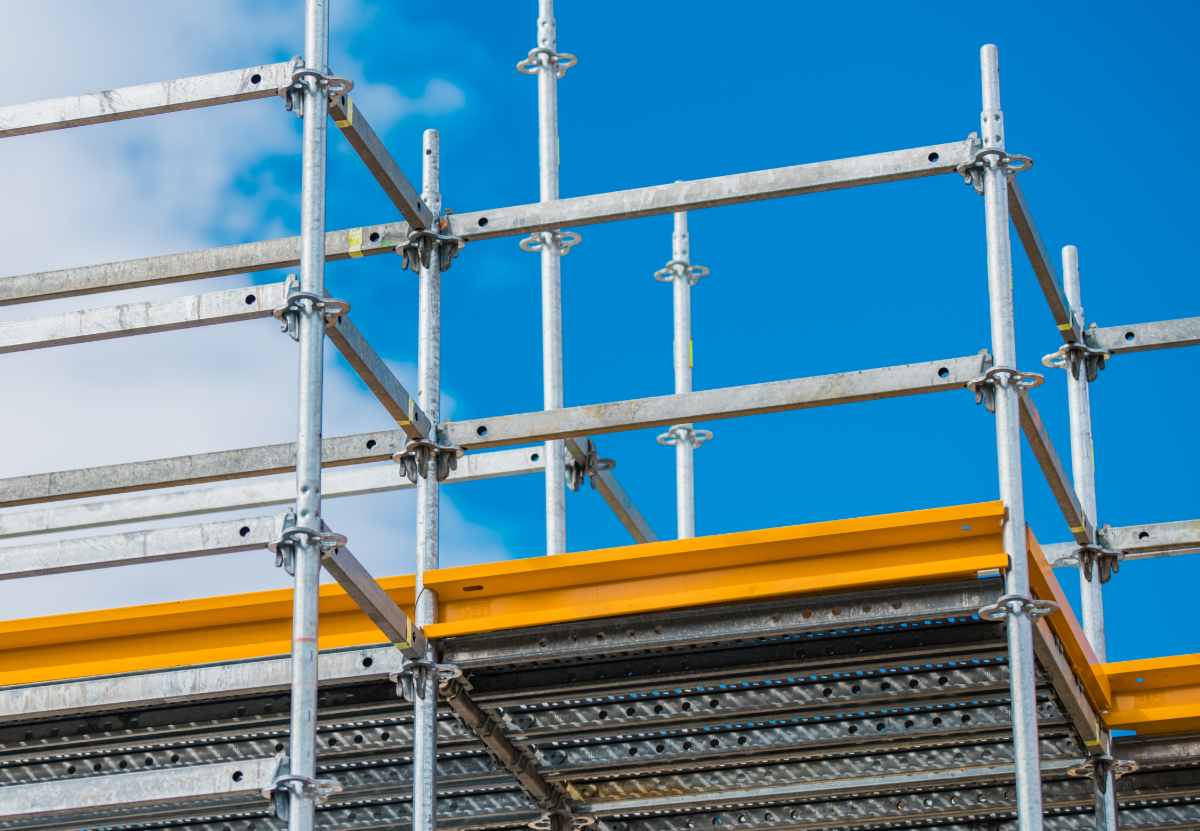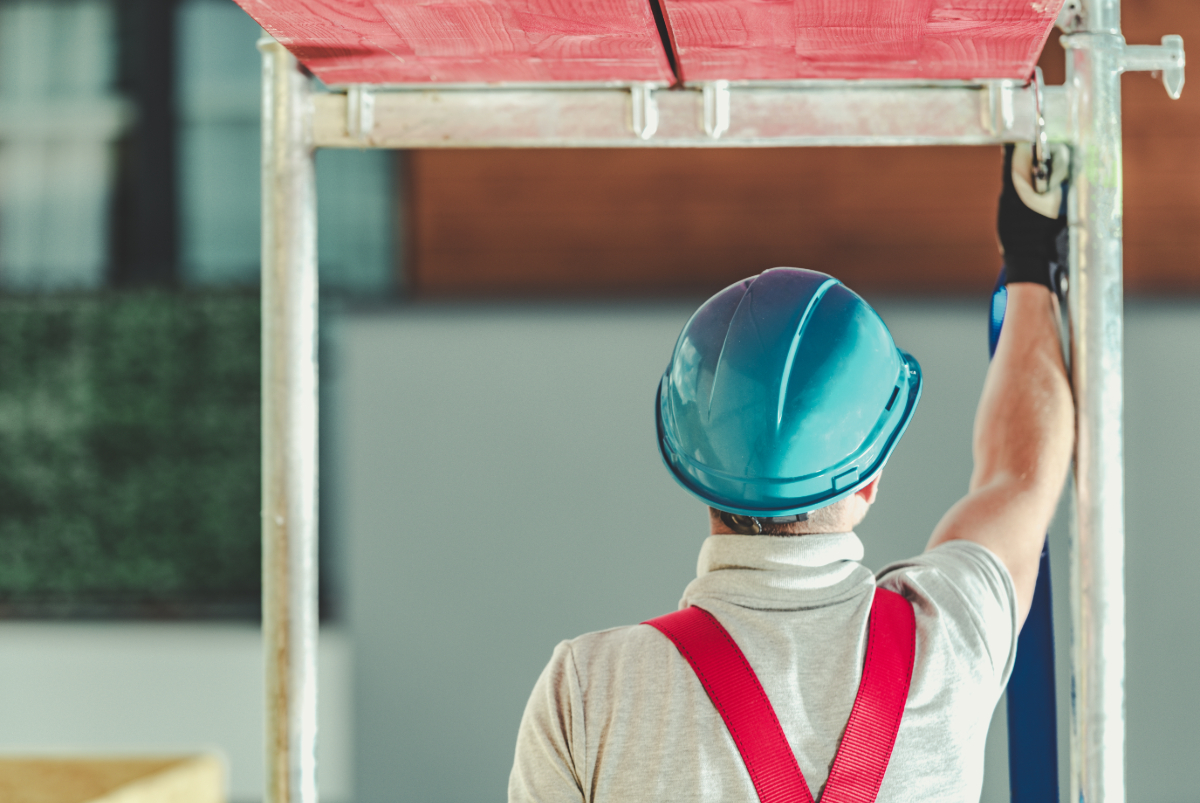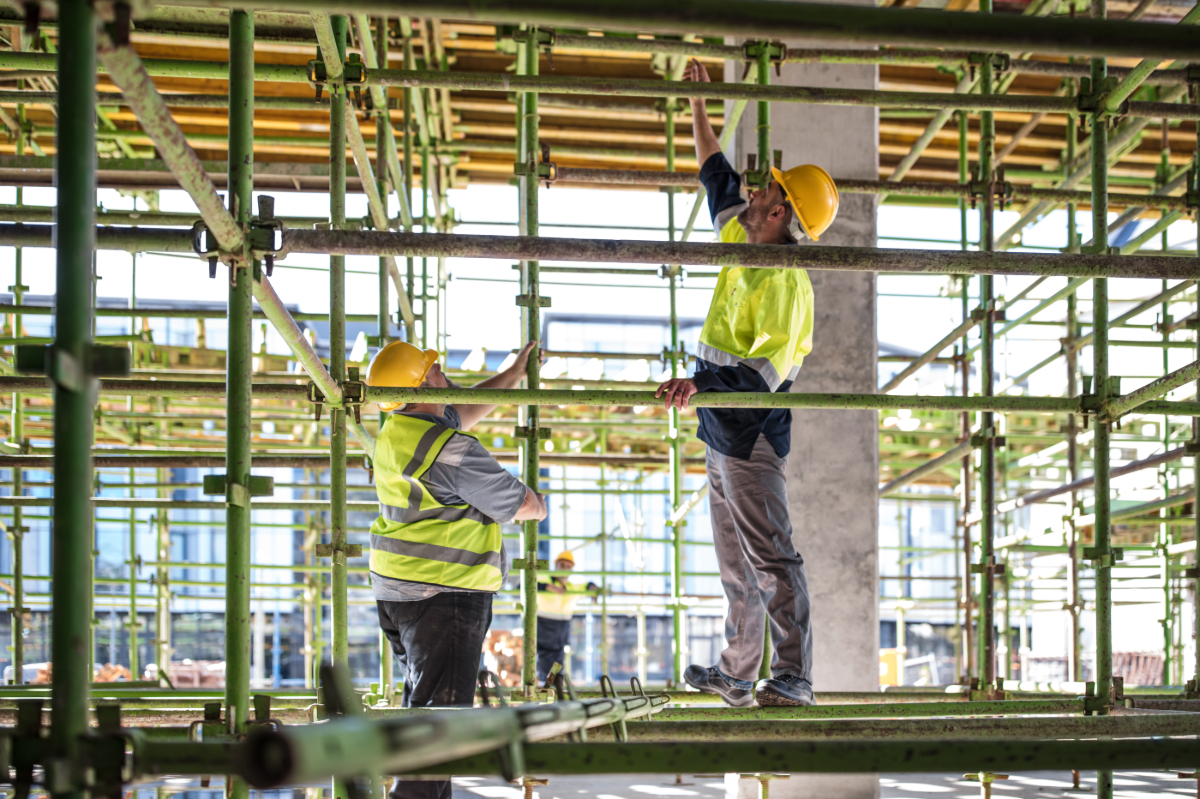
5 Scaffolding Safety Precautions
What are some scaffolding safety tips you need to follow?
- Use durable materials for the scaffolding
- Perform inspections and maintenance
- Use personal protective equipment (PPE)
- Mind the environment you’re in
- Provide adequate training to users
Scaffolding is a type of temporary structure that is often made with metal poles and wooden planks to allow workers to build, repair, or clean a building. It’s a necessity when working at heights. But to ensure safety for the workers, this structure needs to be set up and used correctly. Otherwise, it could lead to fall-related injuries and fatalities. Fortunately, these accidents are preventable as long as you follow some scaffolding safety tips. Keep on reading to learn more.
Use Durable Materials For The Scaffolding
Before using a scaffolding, you need to ensure that it is built according to industry standards. Know all the relevant regulations in your area that involve the use of scaffolding before you set one up.
Other than that, make sure that you’re using durable materials made with specific load-bearing capabilities and are designed to withstand your type of use. The general rule of thumb for most industries is to ensure the structure can support multiple times the maximum intended load.
Use scaffold-grade lumber for platforms. For the metal poles, steel is the preferred choice because it offers excellent strength and durability. Using the wrong materials and overloading the platforms can pose a risk to your workers. These could crack, break or collapse, and cause injuries for people in the area.
Perform Inspections And Maintenance

Before setting up a scaffold, make sure that you perform material inspections. Check for any signs of defect and damage. Any issues with the materials will translate to compromised structural integrity for your scaffolding. After that, don’t forget to check the ground you’re working on. Make sure that you have an even and stable flooring to work with.
After the scaffolding is built, ensure that it’s secured to the building and can prevent movement. Perform regular inspections and maintenance to verify if the scaffolding is still safe for use. Check that the platform, braces, and frames are free from rusting, warping, or excessive wear.
When you find anything out of the ordinary, report it to a competent person who is familiar with scaffolding and safety requirements. The platform should not be used until it’s approved that it’s ready for use again.
Use Personal Protective Equipment (PPE)
Although the scaffolding is properly built and maintained, you can’t be complacent when it comes to your workers’ safety. Working at heights is extremely dangerous, especially when PPE is not used. Aside from accidents that might require hospitalization, this could also lead to fatality.
The general guideline is that any person that would be working on or around the scaffolding should be equipped with PPE. First, head protection is needed to protect against falling objects, then anti-slip footwear should be worn to prevent slips and protect the foot from debris. Gloves are also necessary when working with tools and materials that could cause cuts and abrasions.
For people that would be working on the scaffold, an appropriate fall protection system is required. This might be a safety harness, fall restraint, safety net, and/or a guardrail.
Provide Adequate Training To Users

To ensure your workers’ safety when working on the scaffolding, you need to provide training. This way, they can understand what risks are present and how to deal with the hazards.
People working on scaffolding should learn the following:
- Understanding the load-bearing capacity of the scaffolding
- How to safely get on and off the scaffolding
- How to avoid the hazards that could lead to a fall or accident
- What to do in the event of a fall or accident
- How to properly wear, take off, and take care of PPE
- How to spot signs of excessive wear and damage on PPE and the
- scaffolding
Mind The Environment You’re In
Working in scaffolding is tricky because it’s a different environment compared to when you’re working on the ground. Because of this, it’s important to be mindful of your surroundings.
For example, there might be power lines nearby, which can put your workers at risk of electrocution. Another consideration is the weather. Be alert for signs of high winds or storms that could bring down the scaffold and increase the risk of injury.
As a part of your daily housekeeping, always remove tools and materials on the scaffolding that are not needed for work. These could act as an obstruction or cause an accident. This way, you could prevent your workers from tripping over clutter or accidentally kicking items to people working below.
Key Takeaway
Follow these scaffolding safety tips to ensure the safe use of this temporary structure. When it comes to working at heights, the safety of your workers is the main priority. You can achieve this by building secure scaffolding, providing proper training to your workers, using the right PPE, and performing regular maintenance checks.
If you require steel pipes, you can send us a message here at Supreme Pipes! Our products are suitable for structural applications, including scaffolding, concrete piling casing, pipe casing, fencing, handrails, and more.


